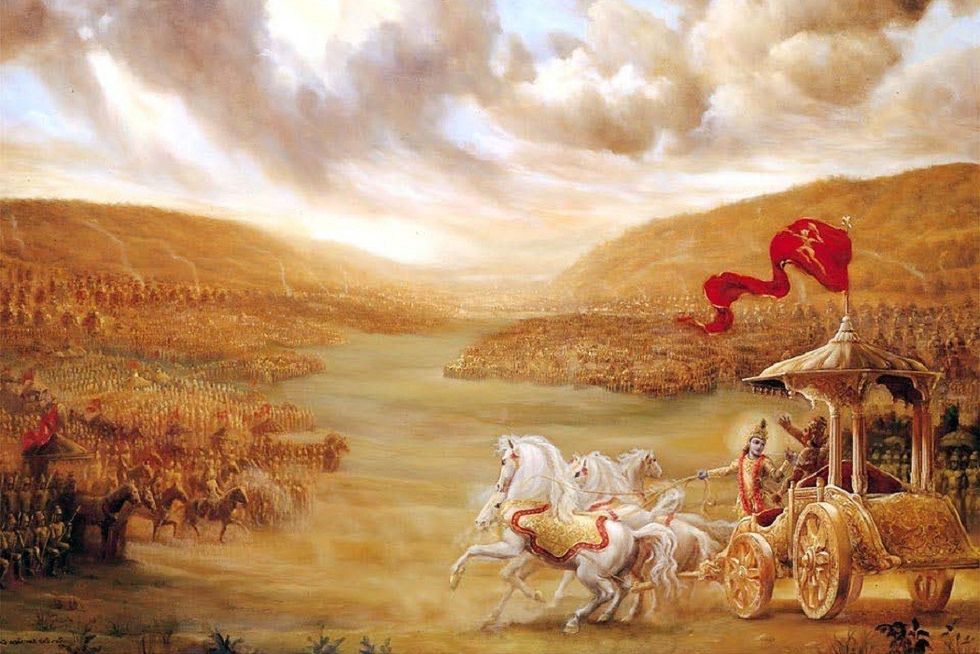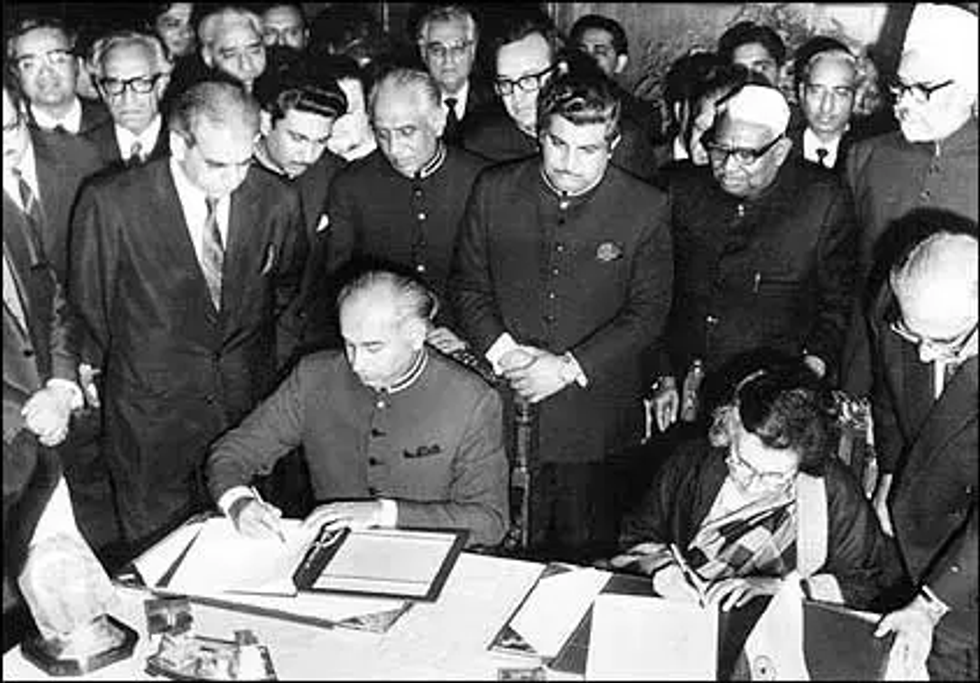by Nadeem Badshah
BRITISH Asians looking for love have been urged to follow Priyanka Chopra’s lead by considering partners where the couple has a big age gap and who are in long distance relationships.
The Bollywood actress, 36, got engaged in the summer to US singer Nick Jonas, 25, with a traditional Roka party held in India, and is rumoured to tie the knot next month.
Experts say British Asians should follow their hearts as they are getting picky and often get married in their mid-thirties. Some also dismiss potential spouses if the age gap is bigger than three years, with men more often preferring a wife younger to them.
Parag Bhargava, who runs the Suman Marriage Bureau in London, told Eastern Eye: “British Asians are less likely to favour a long distance relationship these days and increasingly prefer someone local for ease of meeting up, which is a great shame as there can be great partners in other parts of the country too, whom they are missing out on.
“Singletons are often focused on the wrong attributes, hence why the average age of individuals seeking marriage is on the up. Age gaps are also an issue, with girls wanting someone within two or three years their senior in many cases and even willing to see someone one or two years younger.
“Guys also prefer someone four or five years younger where possible, but will see up to same age in most cases and, occasionally, a few months older. When two people are going to fall in love, there are no boundaries.”
Married couples with an age gap of more than a decade are common in India in traditional arranged marriages and love marriages.
Famous couples who have a bigger age gap include actor Dilip Kumar, 95, and Saira Banu, 74; Saif Ali Khan, 48, and Kareena Kapoor, 37; and Aamir Khan, 53, and Kiran Rao, 44.
And marriages where the woman is older include Aishwarya Rai Bachchan, 44, and hubby Abhishek, 22; and the royal couple, the Duke and Duchess of Sussex – Meghan Markle is 36, and Prince Harry, 33.
Wajeeha Amin, a relationship and life coach, told Eastern Eye: “I do not think there is a shift in attitudes [among British Asians].
“I think that we are still stuck in our “cultural norms”, however having examples of people breaking those cultural norms is certainly a way to get people to think differently.
“It boils down to people believing there are different options available to them and being open to utilising those options.
“Some of my clients who have got married have married people outside of the “cultural norm” – it’s refreshing to be a part of their journey. “However, there are too few examples to create the shift that is needed moving forward.”
Bangladesh-born Shafique, 77, a retired restaurant manager from London, married Pamela, 65, after meeting her in England. The couple have six children. Shafique said: “Sadly, my mother never met my wife – she died before I could take Pamela back to Bangladesh.
“But I know she wasn’t happy about me marrying a non-Muslim girl.
“My children nearly all have multi-cultural marriages and we are very happy about that – one son has married a Turkish girl, another a Jewish girl, one daughter a mixed-race man and another an Englishman.
“We have no prejudices – everyone is welcome in our family.”















 David Beckham wearing a David Austin Roses "King's Rose" speaks with King Charles III during a visit to the RHS Chelsea Flower Show at Royal Hospital Chelsea on May 20, 2025Getty Images
David Beckham wearing a David Austin Roses "King's Rose" speaks with King Charles III during a visit to the RHS Chelsea Flower Show at Royal Hospital Chelsea on May 20, 2025Getty Images

 Kurukshetra battlefield illustration
Kurukshetra battlefield illustration
 Chanakya
Chanakya  Shimla Agreement
Shimla Agreement Kargil War 1999
Kargil War 1999
Age no bar for couples